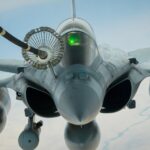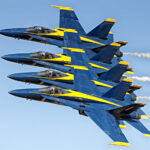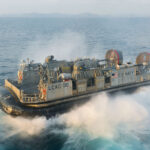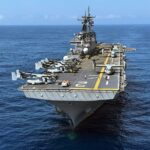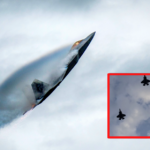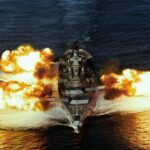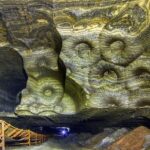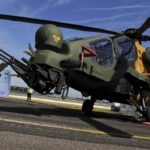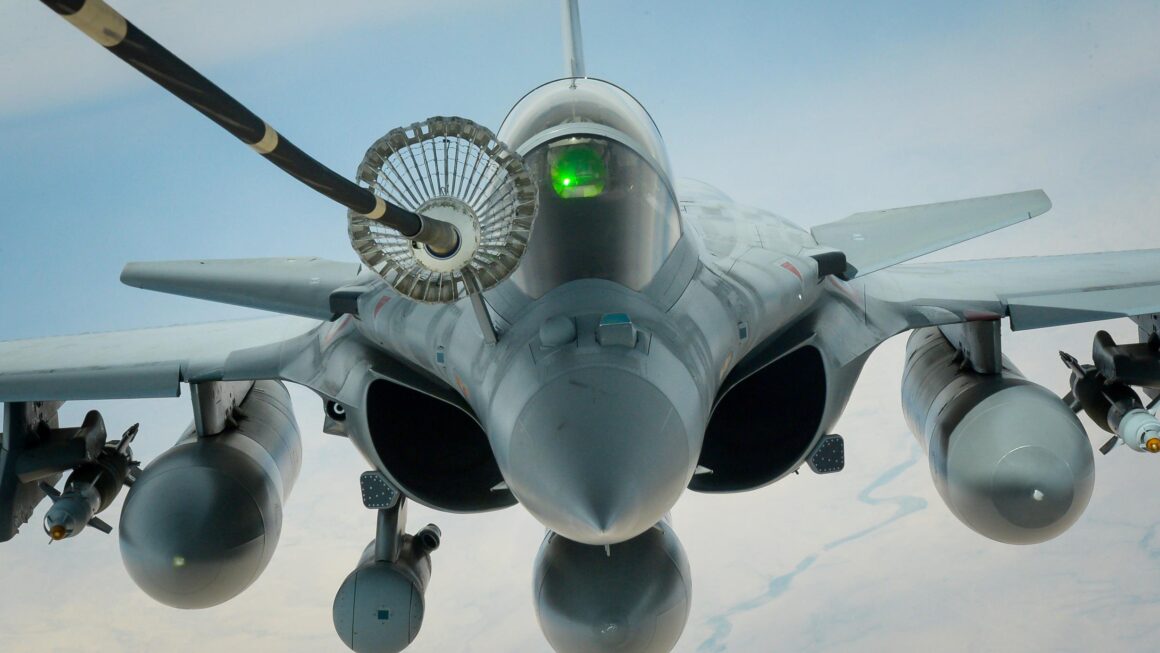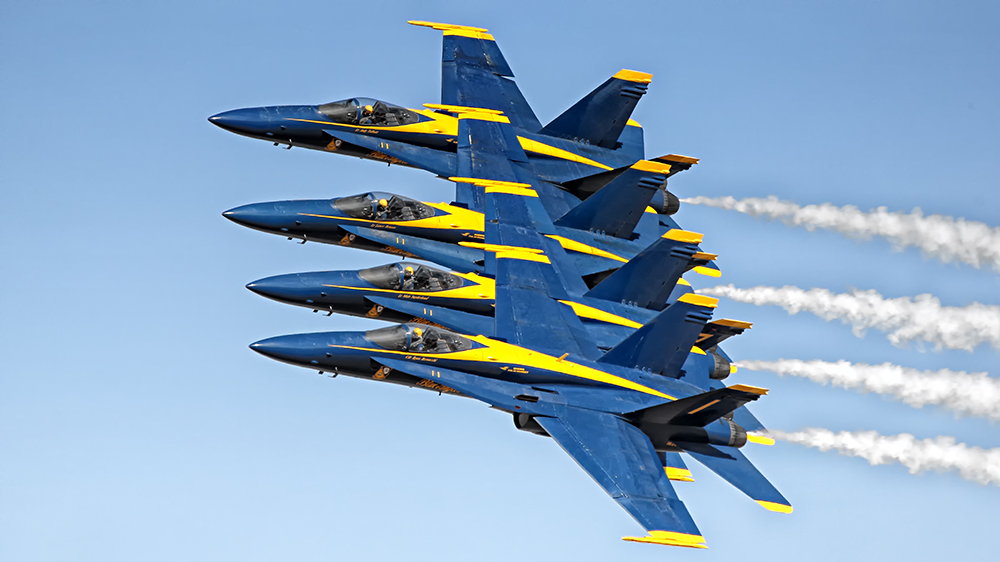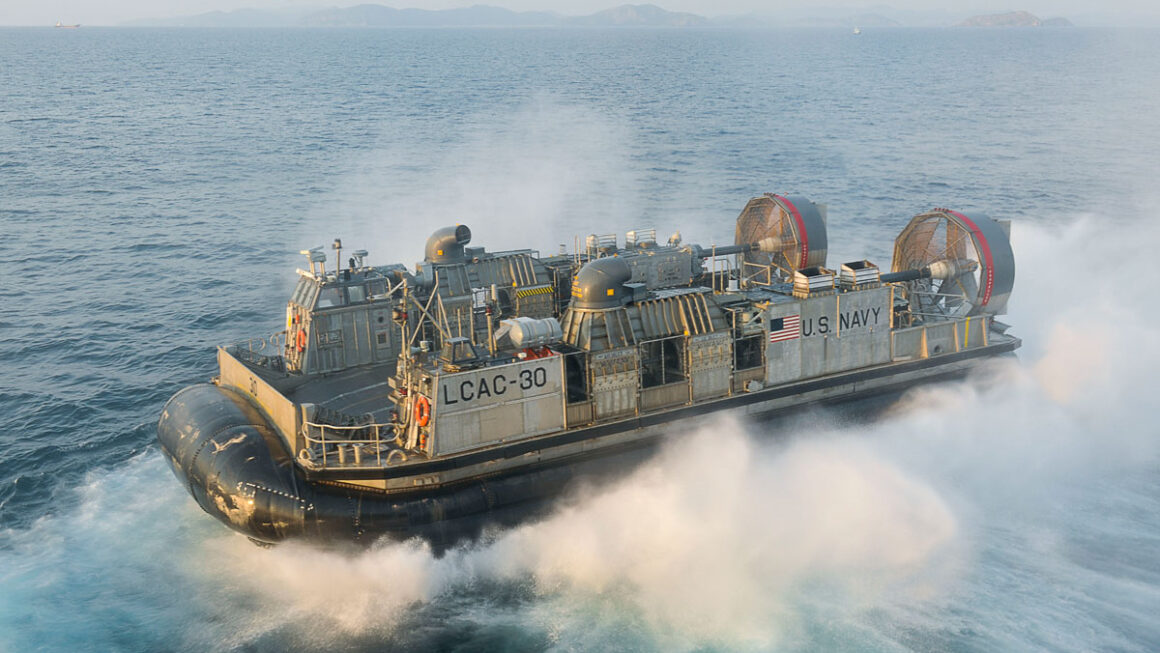Few aircraft have carved such an intriguing niche as the Zeppelin-Staaken R.VI. Developed during World War I, this colossal German bomber was a marvel of engineering that pushed the boundaries of contemporary aviation technology. Although its operational lifespan was brief, the Zeppelin-Staaken R.VI played a crucial role in paving the way for future heavy bomber designs and left an indelible mark on aviation history.

Origins
The Zeppelin-Staaken R.VI was born from a specific strategic necessity.
In the early days of World War I, the German High Command sought to develop a long-range, heavy bomber aircraft that could threaten British cities, military installations, and infrastructure, essentially bringing the war to the home front of their adversaries.
The task fell to Luftschiffbau Zeppelin’s subsidiary company, Flugzeugbau Zeppelin in Staaken, hence the name ‘Zeppelin-Staaken’.
Flugzeugbau Zeppelin was formed in 1915 to develop and produce bomber aircraft.
The company’s chief designer, Claudius Dornier, was one of the pioneers in large all-metal aircraft and later founded his own aircraft company, Dornier.
Among Flugzeugbau Zeppelin’s most notable designs was the series of ‘giant aircraft’ (Riesenflugzeuge), which included the Zeppelin-Staaken R.VI.
These planes were among the largest of their time, featuring innovative designs and unprecedented carrying capacities.
They were used primarily for strategic bombing missions against the United Kingdom and other Allied targets.
It was here that chief designer Graf von Zeppelin and his team set to work on creating an aircraft that would answer the military’s demand.

The end product of their labour was the Zeppelin-Staaken R.VI, a series of Riesenflugzeug or ‘giant aircraft,’ an apt description for these behemoths of the sky.
However, the end of the war in 1918 marked a shift in the fortunes of the company.
The Treaty of Versailles heavily restricted Germany’s ability to manufacture aircraft, which affected Flugzeugbau Zeppelin’s operations significantly.
Nonetheless, the company’s pioneering work had a lasting impact on the development of large aircraft design, particularly in the realm of strategic bombing.
As a historical note, it’s worth mentioning that despite sharing a common founder, the companies Zeppelin-Staaken and Flugzeugbau Zeppelin were different entities, the former being another subsidiary company of Luftschiffbau Zeppelin that was also involved in the manufacture of large military aircraft during World War I.

Design
The Zeppelin-Staaken R.VI was truly an awe-inspiring sight, a testament to the ambitious and innovative spirit of the age.
It boasted a wingspan of around 42.2 meters (138 feet) and a length of 22.1 meters (72 feet), dwarfing many contemporary aircraft.
Its impressive size was necessitated by the equally impressive powerplant – four 260 hp Mercedes D.IVa engines arranged in tandem pairs in push-pull configuration, which propelled this colossus to a maximum speed of around 135 km/h (84 mph).
The D.IVa was a six-cylinder, water-cooled, inline engine that was one of the most reliable and powerful aircraft engines used by Germany during World War I.
Produced by Daimler Motoren Gesellschaft, which eventually evolved into the present-day Mercedes-Benz, the engine was noted for its quality and performance. The “a” in its designation indicated that it was an “Ausführung A” (Version A) engine, which typically implies some form of improvement over the base model.
The engine was capable of producing up to 260 horsepower. It had a displacement of 14.7 litres and featured a two-valve, SOHC (single overhead camshaft) valve train.
It used dual ignition, with two spark plugs per cylinder, a common feature in aircraft engines to ensure reliability.

The engine was used in a variety of German aircraft during the war, including fighters, bombers, and reconnaissance planes.
Its excellent reliability and power output made it one of the standout aircraft engines of the era.
Post-war, despite the restrictions placed on Germany’s aviation industry by the Treaty of Versailles, Daimler continued the development of its aircraft engines, contributing to the technological foundation that would eventually give rise to the powerful and efficient engines of Mercedes-Benz we know today.
The design incorporated a biplane layout, with a large enclosed fuselage that had accommodations for a crew of up to seven people.
It was armed with multiple machine guns and could carry a bomb load of up to 2,000 kg (4,410 lb), giving it a formidable offensive capability.
Perhaps the most distinctive aspect of the R.VI was its dual fuselage arrangement. These twin bodies, attached to the main wing structure, housed the engines and provided additional lift.
In terms of construction, the R.VI was a mix of traditional and innovative elements. The aircraft’s structure was largely made of wood, but its size necessitated the use of substantial metal fittings.
Fabric covering was used over the wings and fuselage to reduce weight.
Despite its size, the R.VI was renowned for its relative agility and stability in flight, a testament to its effective design.

Variants
The Zeppelin-Staaken R.VI was produced in several variants, mainly differing in engine configuration.
The first R.VIs were equipped with the aforementioned Mercedes D.IVa engines.
However, due to wartime shortages and production constraints, later models, specifically the R.VIa variant, were fitted with 245 hp Maybach Mb.IVa engines.
Another variant, the R.VII, was planned as an improved version of the R.VI.
Details on the R.VII are limited, but it’s known that the design incorporated several changes from the R.VI.
One of these was an increase in wingspan for better lift and stability. This change would have allowed it to carry a larger payload and possibly achieve a higher operational ceiling compared to its predecessor.
Unfortunately, the cessation of hostilities in 1918 led to a significant reduction in military aircraft production, and the Treaty of Versailles subsequently imposed strict restrictions on German aviation.
As a result, only one Zeppelin-Staaken R.VII was built, and its operational history, if any, remains largely undocumented.
Despite its lack of operational service, the R.VII, like its sibling R.VI, represented the ambitious spirit of the age and contributed to the pioneering technological advancements that characterized early aviation development.
Its design provided insights and lessons that would go on to influence future heavy bomber designs, underscoring its significance in aviation history.

Conclusion
The Zeppelin-Staaken R.VI is a compelling chapter in the history of aviation, representing an audacious attempt to create an aircraft of unprecedented scale and capability.
While the R.VI and its sibling designs saw limited production and operational service, their contribution to aviation technology and strategic bombing doctrine cannot be understated.
These giants of the sky encapsulated the spirit of innovation that characterized early aviation development, pushing the envelope of what was thought possible and laying the foundation for the future of heavy bomber designs.
Read More: B-52 – The Big Ugly Fat Fella
Their legacy is a testament to the visionary designers and brave aircrews who dared to take these colossal machines into the uncharted skies of the early 20th century.
If you like this article, then please follow us on Facebook and Instagram.
Specifications
- Crew: 10 (commander, two pilots, two copilots, two radio operators, and fuel attendant in the cockpit, one mechanic in each engine nacelle)
- Length: 22.1 m (72 ft 6 in)
- Wingspan: 42.2 m (138 ft 5 in)
- Height: 6.3 m (20 ft 8 in)
- Empty weight: 7,921 kg (17,463 lb)
- Gross weight: 11,848 kg (26,120 lb)
- Powerplant: 4 × Mercedes D.IVa 6-cyl. water-cooled in-line piston engine, 190 kW (260 hp) each
- Powerplant: 4 × Maybach Mb.IVa high compression 6-cyl. water-cooled in-line piston engine, 183 kW (245 hp) each
- Propellers: 2-bladed tractor propeller, 4.26 m (14 ft 0 in) diameter
- Maximum speed: 135 km/h (84 mph, 73 kn)
- Range: 800 km (500 mi, 430 nmi)
- Endurance: 7-10 hours
- Service ceiling: 4,320 m (14,170 ft)
- Rate of climb: 1.67 m/s (329 ft/min)

